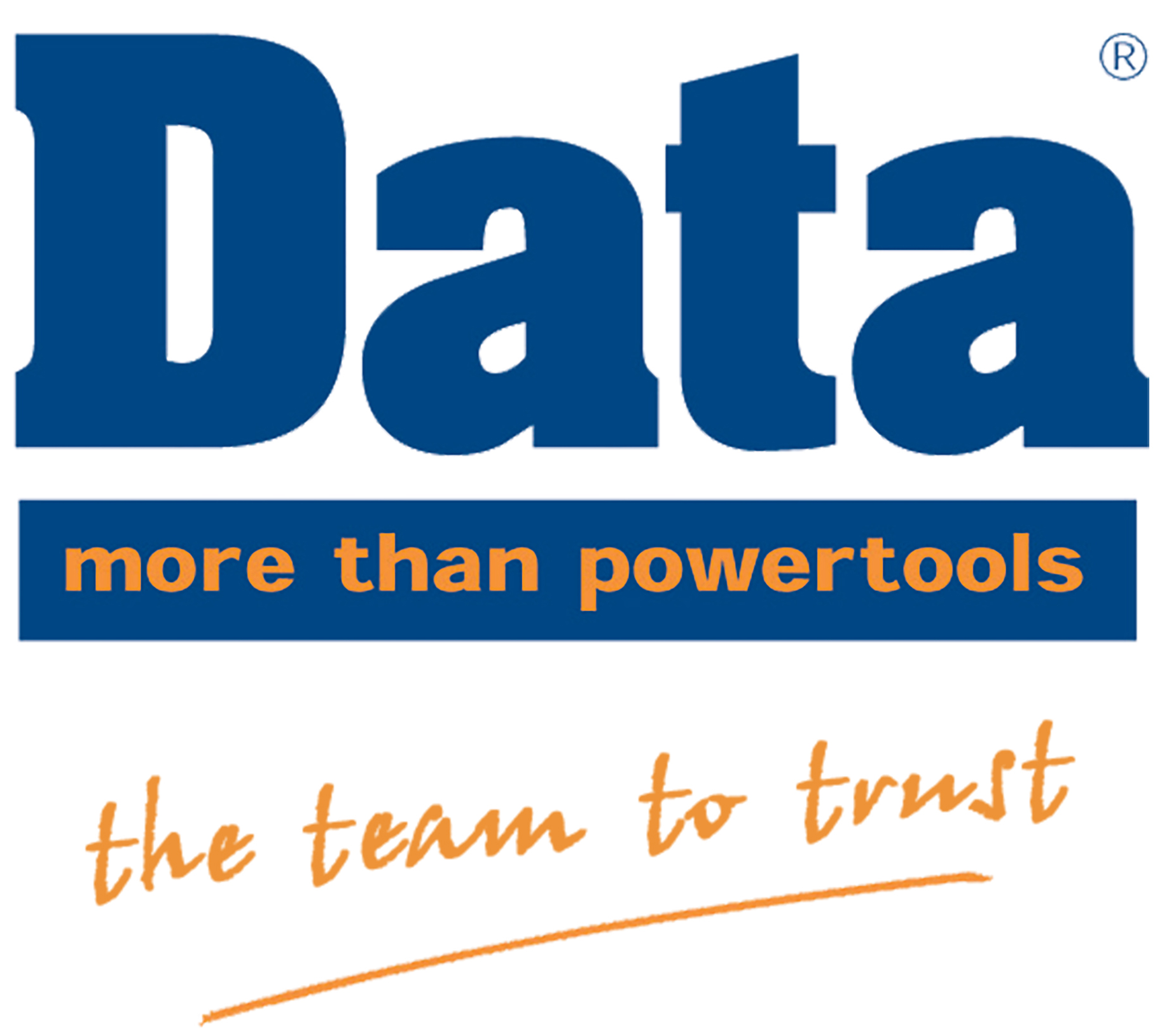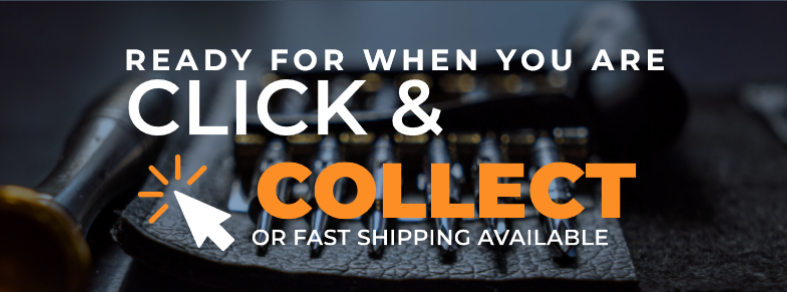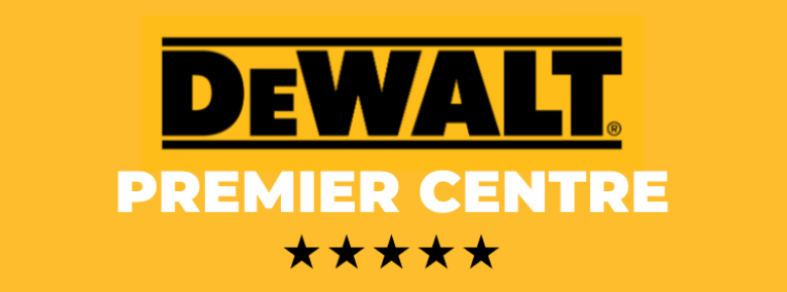The world of tools is rapidly changing with the advent of smart technology. Over the last few years, the integration of advanced technology into power tools has transformed how professionals work on job sites and how DIY enthusiasts approach home projects. Smart tools are not only making jobs faster and easier but also safer and more accurate. In this article, we will explore the rise of smart tools, their benefits, and how they are shaping the future of worksites and home DIY projects.
What Are Smart Tools?
Smart tools are power tools equipped with advanced technologies such as sensors, GPS, connectivity (IoT), and even artificial intelligence (AI). These features make it possible for the tools to perform tasks that are more precise, efficient, and safer compared to traditional models. A smart tool is connected to mobile apps, software, or the cloud, enabling real-time data sharing and monitoring. For example, a smart drill may track battery usage, offer tips for optimal usage, or even send alerts when maintenance is required. Meanwhile, IoT-powered smart tools can sync data across multiple devices, helping project managers track progress remotely, improve workflows, and share information across teams.
Benefits of Smart Tools for Worksites
Smart tools bring immense value to professional worksites, where efficiency and safety are critical. These tools boost productivity by automating or enhancing tasks that would normally take much longer. For instance, smart measuring tools like laser distance meters provide quicker and more accurate measurements than traditional methods, eliminating human error and reducing the time spent on each task. Furthermore, many smart tools come with enhanced safety features. For example, smart saws can be equipped with sensors that prevent accidental injuries by stopping the tool if it senses an unsafe position. Real-time data tracking is another key advantage. Project managers can monitor tool usage, track worker productivity, and get alerts about potential issues, ensuring the work is on schedule and up to the required standards.
Benefits of Smart Tools for Home Projects
Home DIY enthusiasts are also reaping the benefits of smart tools. For beginners and even seasoned DIYers, these tools simplify tasks by providing more control, accuracy, and ease of use. Smart drills, saws, and measuring devices offer features like guided drilling, preset measurements, and app-controlled settings that make the process much more intuitive. Mobile apps that integrate with smart tools help DIYers plan, track, and manage their projects, leading to better organization. These tools provide step-by-step instructions, tips for achieving the best results, and the ability to store past project data, all accessible at the fingertips of the user. Additionally, the enhanced accuracy provided by smart tools can ensure that home improvement projects—whether it’s installing shelves, building furniture, or cutting materials—are completed to professional standards. The result? A smoother, faster, and more enjoyable DIY experience.
Top Smart Tools on the Market
- Smart Drills Modern drills, such as the DeWALT DCD791D2, come equipped with Bluetooth connectivity and app integration, allowing users to track battery life, tool health, and usage history. Some models even offer smart sensors that adjust power according to material hardness, ensuring optimal performance at all times.
- Smart Measuring Tools Laser distance meters like the Bosch GLM 50 C take measuring accuracy to the next level. With Bluetooth connectivity, these tools can sync measurements to your smartphone and allow for more efficient project planning. They also come with built-in memory, so you don’t have to keep track of every measurement manually.
- Smart Saws The Makita XGT 40V Max Circular Saw incorporates IoT technology that provides real-time data about performance, battery life, and safety features. This saw adjusts its speed and torque according to the material being cut, offering precision that traditional saws lack.
- Wearable Smart Technology Safety glasses like the Honeywell HMD-5, which feature a heads-up display (HUD), are an example of wearable smart technology. These glasses provide real-time notifications about the job, remind users to take breaks, and track environmental factors like temperature and humidity, making them ideal for outdoor worksites.
- Cordless Tools with App Integration Tools like the Milwaukee M18 FUEL Drill provide not only powerful cordless operation but also feature app integration. The app can give feedback on tool performance, battery life, and even track the tool’s location, making it easy to manage and monitor multiple devices.
How Smart Tools Are Revolutionising the Industry
Smart tools are revolutionising multiple industries, including construction, plumbing, and carpentry. These tools enhance every part of the workflow, from design and planning to execution and management. They also help to overcome many challenges professionals face, such as managing large teams and coordinating multiple tasks. For example, smart tools are especially valuable in construction projects where time and efficiency are paramount. Tools that send real-time data can reduce the need for physical checks, increase workflow, and allow for better communication between workers and supervisors. As smart tools become more affordable and accessible, their adoption rate in the professional sphere is expected to rise. Many contractors are already integrating these tools into their work practices, finding that they help improve the overall quality of their work and increase project profitability.
Smart Tools and Sustainability
Smart tools also contribute to sustainability efforts on worksites. Their precision and advanced features help minimize waste and optimize material use. For example, a smart measuring tool can ensure that measurements are accurate the first time, reducing the need for materials to be scrapped and saving time that would otherwise be spent on rework. Moreover, smart tools with energy-efficient features, such as low-power settings and longer-lasting batteries, contribute to reducing carbon footprints. This aligns with the growing emphasis on sustainability within the construction and DIY sectors, where reducing environmental impact is becoming a key priority.
Challenges and Considerations
While the benefits of smart tools are clear, they do come with a few challenges. The initial cost of investing in smart tools can be higher compared to traditional models. However, this cost is often offset by the long-term gains in productivity, efficiency, and safety. Another consideration is the learning curve associated with new technologies. Smart tools often require some training to use effectively. Some users may also face challenges when integrating smart tools with older equipment or systems already in use on worksites. Battery life is also a consideration. Many smart tools require regular charging or need to be powered by rechargeable batteries, so having access to multiple power sources and backup batteries can be essential for uninterrupted work.
The Role of AI in Smart Tools
Artificial intelligence is increasingly becoming a key feature in the next generation of smart tools. AI-powered tools can predict maintenance needs by analyzing usage data and wear patterns. This predictive maintenance helps to reduce downtime and ensure tools are always ready for use. In addition, AI is being integrated into safety features. For example, AI can detect potential hazards on a worksite and alert the user in real-time, reducing the risk of accidents. The integration of AI in smart tools promises even greater efficiency, with smart tools evolving to perform more complex tasks, such as assembly and installation, autonomously.
Integration with Other Technology
Smart tools are often most effective when integrated with other technologies. For example, smart drills can work alongside mobile apps that track inventory and provide job updates. Cloud-based systems allow for data from multiple devices to be collected, analyzed, and shared across teams, creating a more connected, efficient work environment. In the future, the integration of smart tools with other technologies such as augmented reality (AR) and virtual reality (VR) could further enhance their functionality, providing users with real-time data overlays or virtual guidance for complex tasks.
Security Concerns with Smart Tools
As with any connected technology, security is a significant concern. Smart tools rely on connectivity—often through Wi-Fi or Bluetooth—and this opens up potential risks such as data breaches or unauthorized access. Ensuring that these tools are secured against cyber threats is essential. To address these concerns, manufacturers are continually working on improving the encryption and authentication methods for connected devices. However, users must also take steps to secure their smart tools, such as ensuring software is regularly updated, using strong passwords, and being cautious when connecting tools to public networks.
Cost vs. Benefit for Small Businesses and DIYers
One of the most common questions about smart tools is whether they are worth the investment, particularly for small businesses and DIY enthusiasts. While the upfront cost of smart tools may be higher than traditional tools, the long-term benefits in terms of improved productivity, enhanced safety, and reduced downtime can make them a worthwhile investment. For DIYers, smart tools can significantly reduce the time and effort needed to complete home projects, making them a valuable tool for both beginners and experienced enthusiasts. For small businesses, the ability to improve job efficiency and quality may ultimately result in higher profit margins and customer satisfaction.
The Future of Smart Tools
As smart tools continue to evolve, the future looks bright. With advancements in AI, machine learning, and IoT, smart tools will become more intuitive, capable, and integrated into the worksite ecosystem. The next generation of smart tools will bring even greater levels of automation, precision, and connectivity, further transforming how both professionals and DIYers approach their work.
Environmental Impact
Smart tools also offer environmental benefits. The use of energy-efficient technology and the ability to track material usage accurately can help minimize waste. Additionally, the design of many smart tools now includes eco-friendly materials, reducing their overall environmental footprint. As sustainability continues to be a priority, the smart tool industry will likely continue to focus on reducing their environmental impact.
Conclusion
Smart tools are revolutionizing both professional workspaces and home DIY projects. With their ability to enhance efficiency, improve safety, and support sustainability efforts, smart tools represent the future of the industry. As technology continues to evolve, the next generation of smart tools will undoubtedly offer even more innovative features to further transform how we work.
FAQs
Q1: What are the best smart tools for DIY projects?
A1: The best smart tools for DIY projects include smart drills, laser measuring tools, and cordless tools with app integration. These tools enhance ease of use, improve accuracy, and help you manage projects more efficiently.
Q2: How do smart tools improve efficiency on worksites?
A2: Smart tools improve efficiency by automating tasks, offering real-time data tracking, and providing performance feedback. These features streamline workflows and reduce the chances of errors, ultimately saving time and resources.
Q3: Are smart tools worth the investment for small businesses or DIY enthusiasts?
A3: Yes, while the initial investment may be higher, the long-term savings in terms of improved productivity, reduced errors, and enhanced safety make smart tools a worthwhile investment for both small businesses and DIY enthusiasts.
Q4: Can smart tools be integrated with existing tools on a worksite?
A4: Many smart tools can be integrated with older tools, especially if they have Bluetooth or app connectivity. However, it's important to check compatibility before purchasing.
Q5: How can I choose the right smart tool for my needs?
A5: To choose the right smart tool, consider your specific needs (e.g., drilling, measuring, cutting), the technology integration (e.g., app compatibility), and the tool’s features (e.g., battery life, safety features).





